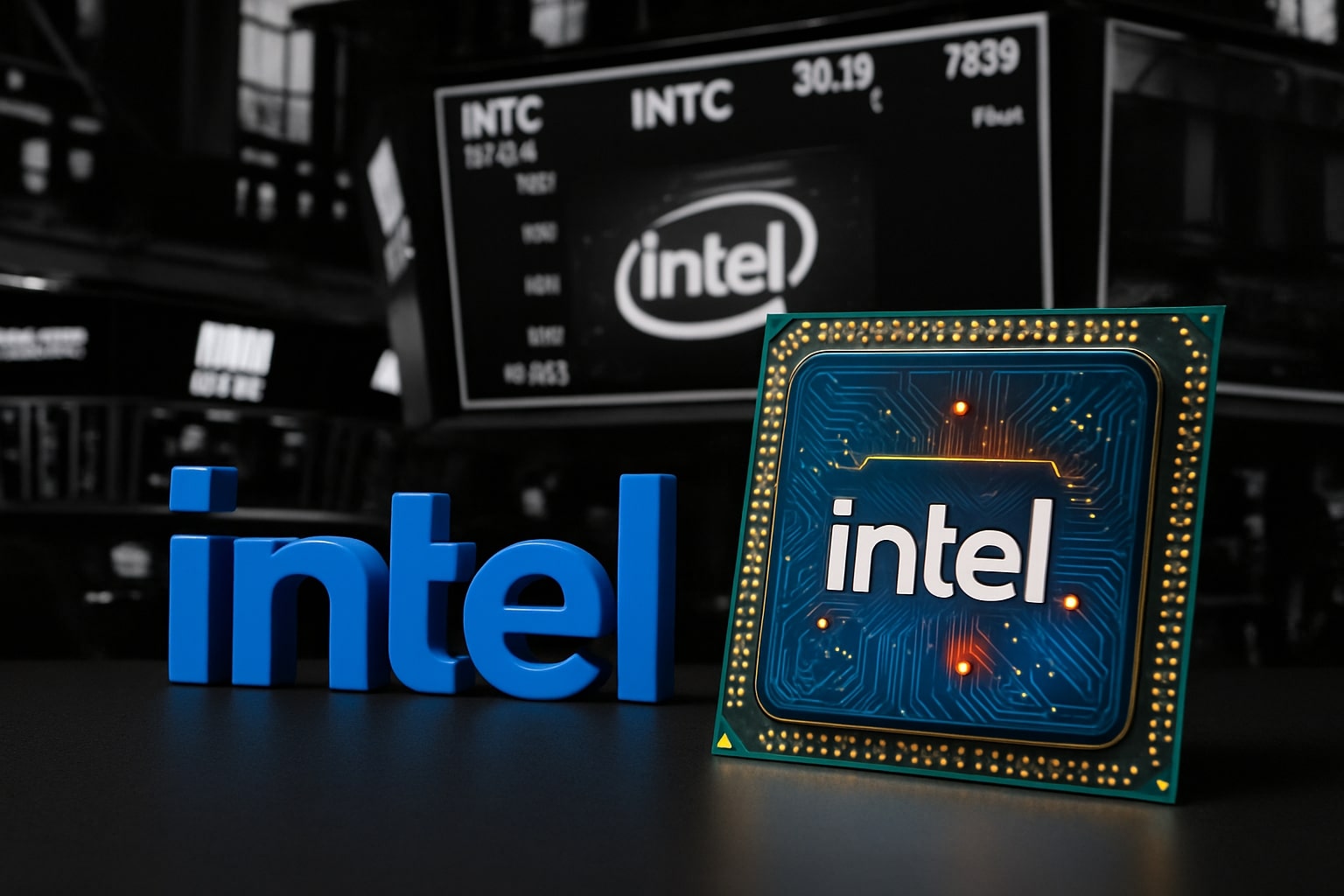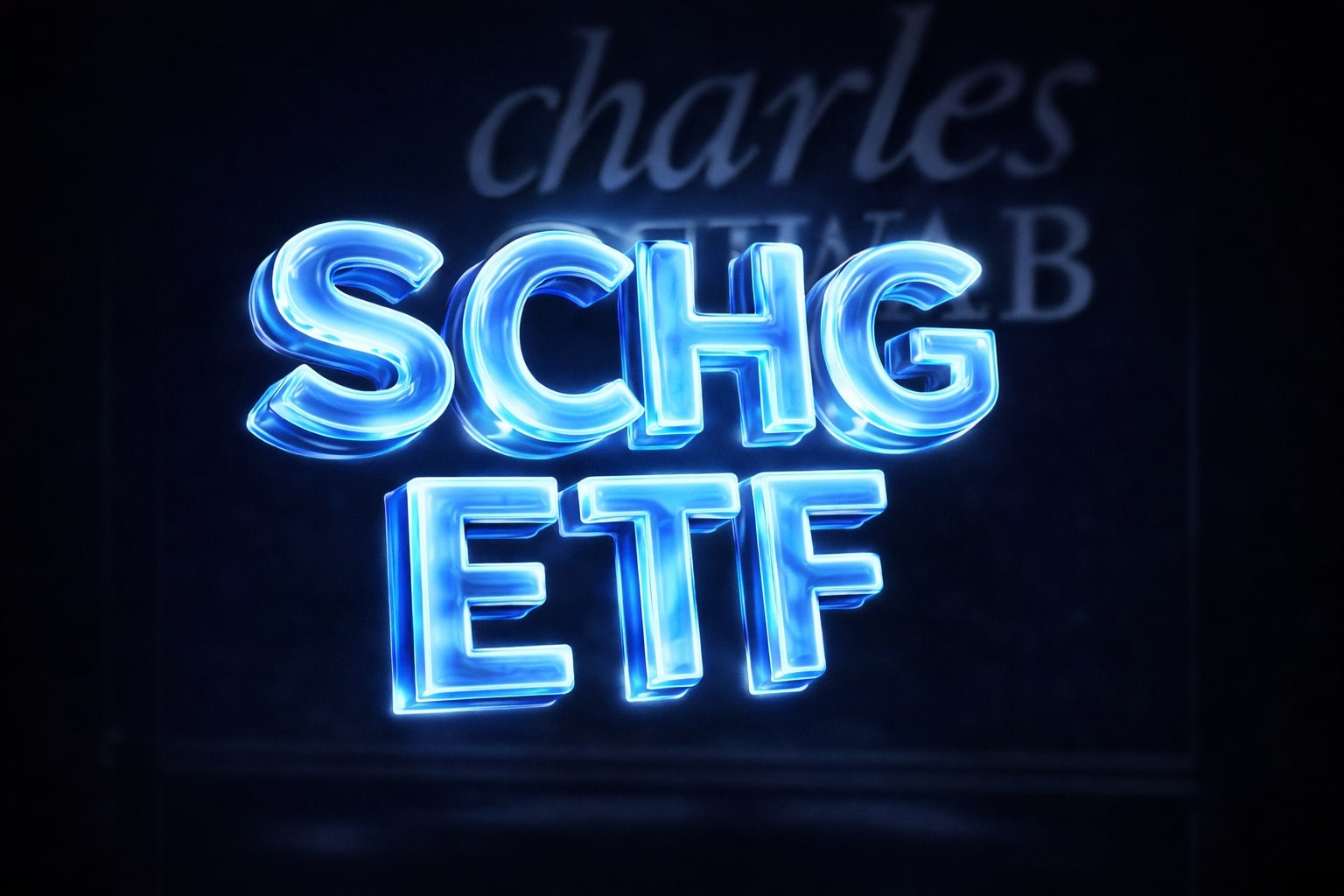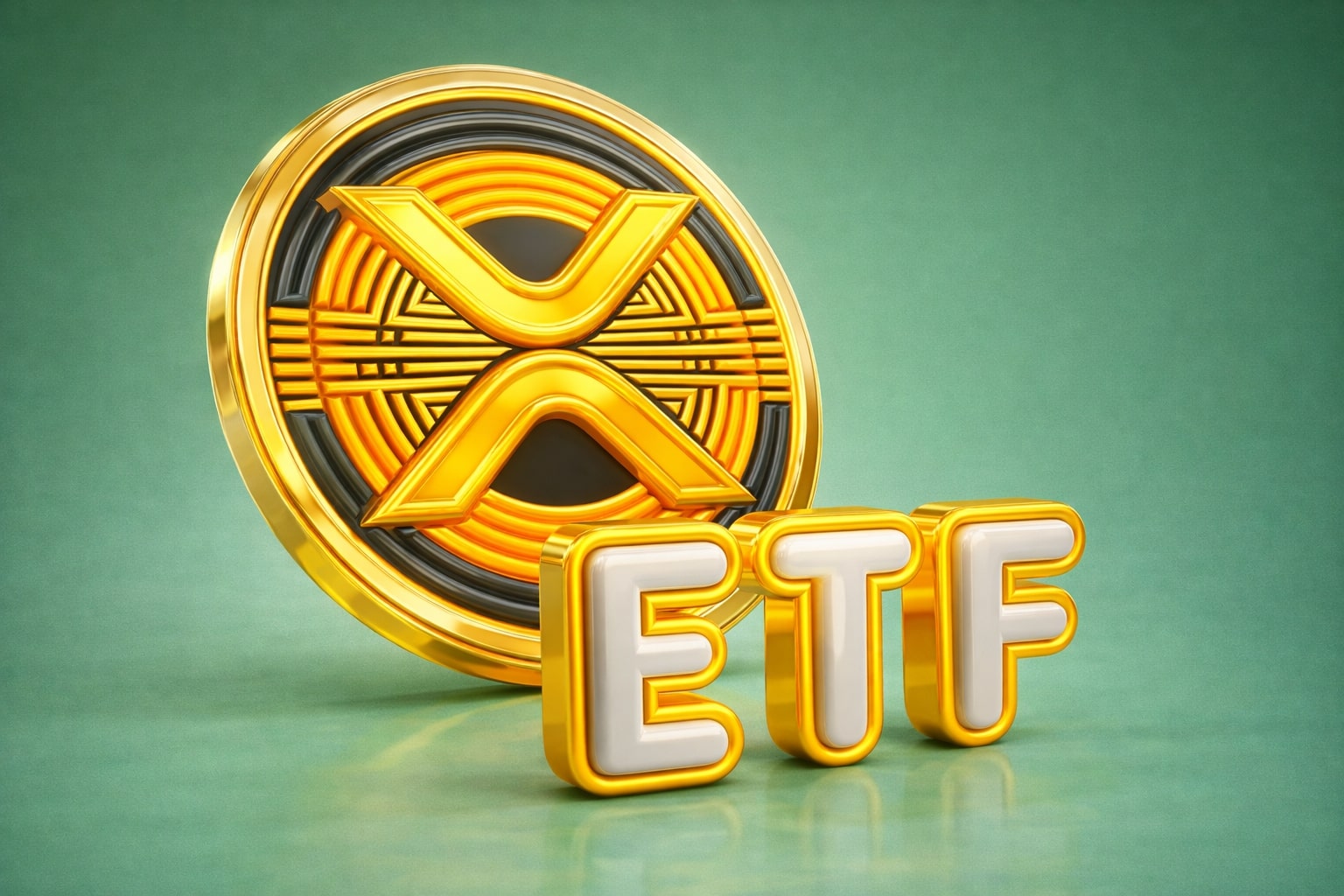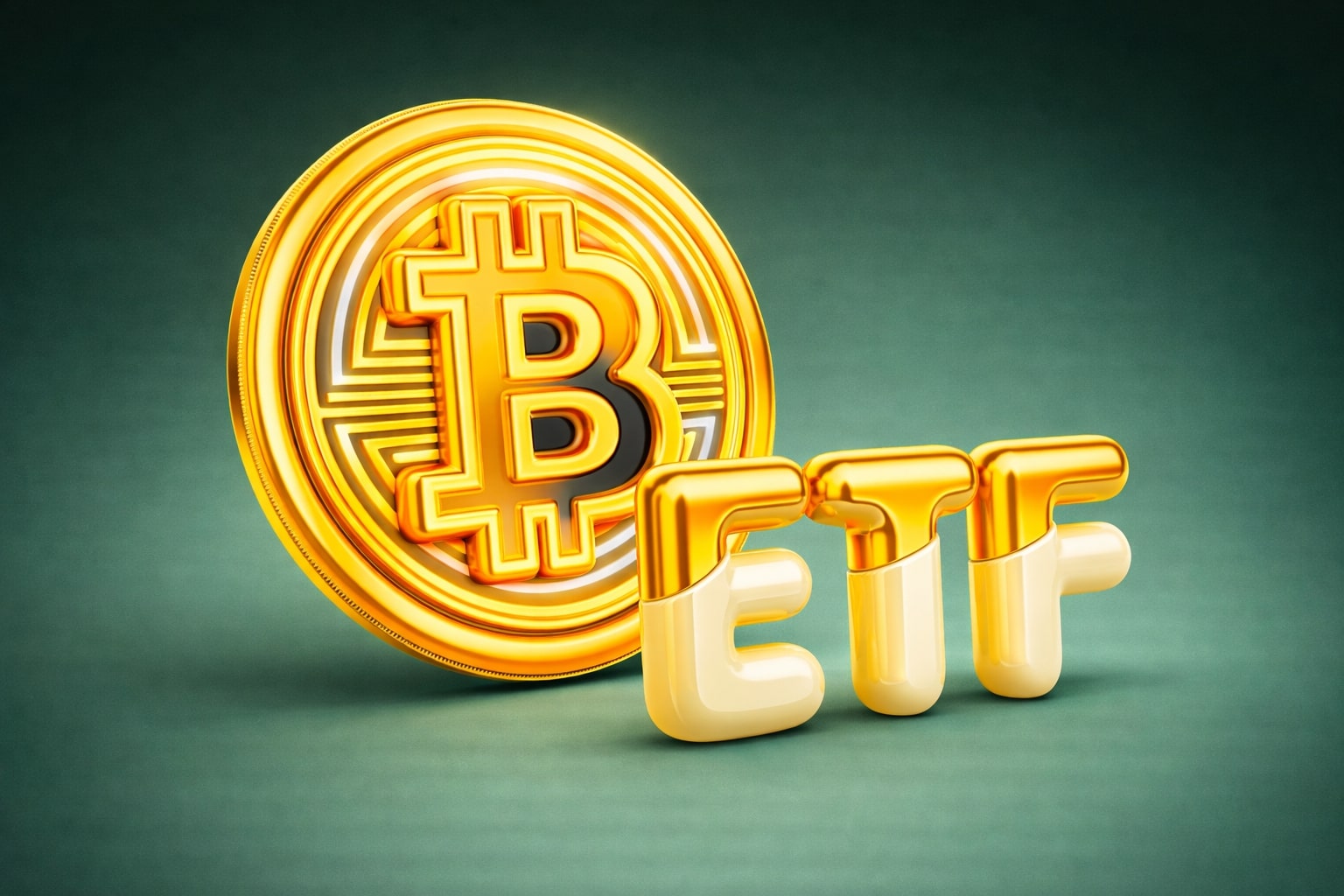
Intel Stock Price Forecast - INTC Battles Back to $33.54 With 64% YTD Rally Despite $20.5B Loss and Mounting Debt
NASDAQ: INTC stabilizes above $33 after revenues collapsed 32% in three years, dividends cut 75%, and debt swelled to $50.76B; survival fueled by $8.9B U.S. government stake, $5B Nvidia partnership, and hopes pinned on 14A node rollout by 2027 | That's TradingNEWS
Intel (NASDAQ: INTC) Struggles for Redemption While Stock Holds $33.54 After Brutal Collapse
Intel has endured one of the most dramatic earnings implosions in modern semiconductor history. From its peak in 2021, when revenues reached $79.02 billion and net income was nearly $20 billion, the company has spiraled into a trailing twelve-month loss of $20.5 billion. Sales have shrunk to $53.07 billion, a staggering 32% decline in just three years. Gross profit has more than halved to $17.47 billion, while operating income has slipped to –$2.72 billion. Shares of Intel (NASDAQ: INTC) trade at $33.54, more than 64% higher year-to-date, but the rally masks a balance sheet and income statement that still resemble those of a company in crisis.
Margins Crushed and Expenses Soaring as Debt Mounts Past $50 Billion
Intel’s cost structure reflects years of inefficiency. R&D spending remains enormous at $15.25 billion TTM, down from the 2022 peak of $17.53 billion but still consuming nearly a third of revenues. SG&A is steady at $4.94 billion, underscoring a bloated overhead relative to rivals like NVIDIA and AMD. Debt has ballooned to $50.76 billion, offset by only $21.21 billion in cash, giving the company a market capitalization of $161.03 billion and enterprise value of $197.98 billion. This capital strain has forced asset monetization: Intel sold a 51% stake in Altera for $3.5 billion, trimmed its Mobileye holdings for $1 billion, and issued 86.95 million shares at $23 to SoftBank, raising $2 billion. These are emergency measures, not growth strategies.
Government Bailout and Nvidia Partnership Provide a Lifeline
Intel would likely be facing irrelevance without strategic intervention. The Trump administration injected $8.9 billion for a 9.9% stake, effectively declaring Intel a national security asset. At the same time, Nvidia purchased $5 billion of stock, establishing a partnership aimed at co-developing chips that could marry Nvidia’s AI leadership with Intel’s foundry capabilities. Former CEO Craig Barrett has warned Intel needs at least $40 billion in fresh capital to execute its turnaround. If Apple, Google, and Qualcomm each committed $5 billion like Nvidia, Intel could close that gap. Until then, reliance on political goodwill and CHIPS Act subsidies is propping up the balance sheet.
Stock Price Action: Rallying 64% YTD but Still a Shadow of Its Past
The equity market has rewarded Intel’s survival narrative. Intel stock (INTC) has surged 64.6% year-to-date, climbing from lows under $21 to a recent 52-week high of $35.50, before consolidating near $33.54. Over the last three months alone, shares are up 51.96%, while the nine-month rally has delivered nearly 70%. Technical supports are evident at the 100-week SMA near $30–$31, while resistance remains stiff at the 200-week SMA around $36. A clear break above $36 would target $40, but if the stock slips below $30, confidence in the rebound would deteriorate rapidly.
Earnings Misses, Revisions Collapse, and a Forward P/E Near 300x
Quarterly results continue to expose the fragile foundation. In Q2 2025, Intel reported $12.86 billion in revenue, beating estimates by nearly $1 billion, yet EPS still missed at –$0.10 versus –$0.11 expected, with GAAP EPS plunging to –$0.67. Analyst revisions reflect no confidence: in the past 90 days, 30 estimates have been cut versus only 2 raised. Full-year 2025 EPS consensus sits at just $0.12, giving Intel a forward P/E ratio of 291x, falling to 55x in 2026 and 30x in 2027 if projections hold. For a company trading at $33 per share, the valuation is more akin to a distressed asset than a growth giant.
Read More
-
SCHG ETF Near $33 High As AI Giants Drive 19% 2025 Rally
01.01.2026 · TradingNEWS ArchiveStocks
-
XRP-USD Stuck At $1.87 As XRPI Near $10.57 And XRPR Around $14.98 Despite $1.16B ETF Wave
01.01.2026 · TradingNEWS ArchiveCrypto
-
Natural Gas Price Forecast - NG=F Slides Toward Key $3.57 Support As Ng=F Extends 33% Drop
01.01.2026 · TradingNEWS ArchiveCommodities
-
USD/JPY Price Forecast - Yen Near 156 As Fed Cuts Meet Boj Hawkish Turn
01.01.2026 · TradingNEWS ArchiveForex
Profitability Ratios Show Strength Beneath the Surface
Despite catastrophic earnings, Intel retains an A profitability grade. Price-to-cash-flow sits at 15.97, comfortably below the sector median of 19.28, while price-to-book remains modest at 1.54 compared with peers’ 3.75. These metrics suggest that beneath the headline losses, Intel’s asset base and cash flow potential retain value. Dividends, however, tell the story of contraction: annual payouts shrank from $1.46 per share in 2021 to just $0.13 TTM, a 75% cut year-over-year. The willingness to keep even a token dividend is a signal from management to hold investor trust through the turnaround.
Cultural Reset Under Lip-Bu Tan and Ruthless Restructuring
The appointment of Lip-Bu Tan as CEO has brought a cultural overhaul. Unlike Pat Gelsinger’s aggressive expansion plans, Tan has prioritized discipline. Intel canceled its Ohio fab expansion, halted new projects in Germany and Poland, and announced 15,000 layoffs, cutting management layers in half. CFO David Zinsner echoed this shift with a blunt mantra: “no more blank checks.” Intel’s strategy now focuses on its 14A process node, targeted for volume production by 2027. If successful, Intel would once again produce leading-edge chips on U.S. soil; if not, reliance on TSMC and Samsung could become permanent.
Geopolitical Stakes Keep Intel Too Important to Fail
Intel’s importance transcends its balance sheet. The Pentagon relies on TSMC for chips powering F-35 fighter jets, highlighting the vulnerability of U.S. defense to foreign suppliers. CSIS researchers warn that if Intel fails to deliver its 14A node, America may be locked into dependence on overseas fabs indefinitely. This is why the federal government, Nvidia, and potentially other tech giants are stepping in. The $33 share price is no longer about earnings multiples — it reflects Intel’s role as a strategic asset in the U.S.–China tech rivalry.
Verdict on Intel (NASDAQ: INTC): Speculative Buy on Survival and Strategic Capital
Intel is bleeding, with net losses of $20.5 billion, a dividend gutted by three-quarters, and debt at $50.76 billion. Yet shares have rallied 64% YTD, supported by an $8.9 billion government stake, a $5 billion Nvidia buy-in, and billions more raised through asset sales. At $33.54, Intel is a speculative buy — not on earnings strength, but on the near certainty that Washington and strategic partners will not allow the company to collapse. Upside targets sit at $36 and $40 if support above $30 holds. Failure to attract more co-investors could send the stock sliding, but for now, Intel is less an equity bet than a wager on U.S. industrial policy.


















